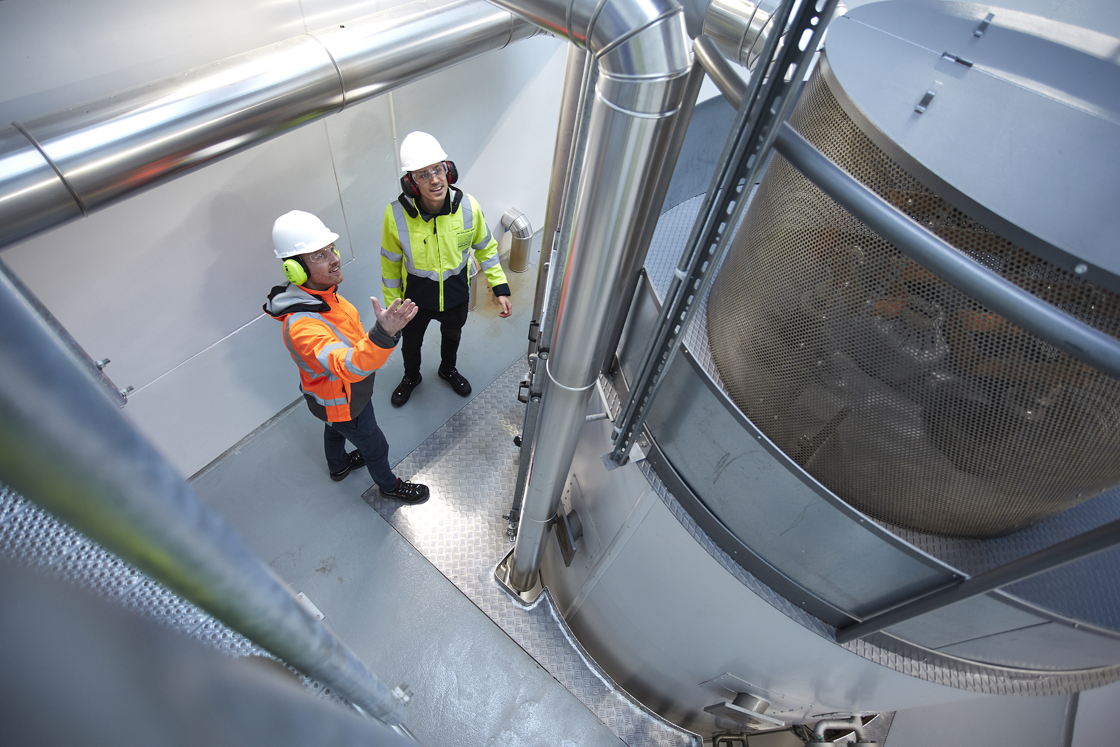|
Arla Foods Ingredients has taken another major step on its CO2 reduction journey with the installation of an electric boiler at its largest production site.
The new e-boiler is the company’s largest and the first at the Danmark Protein whey processing facility in Videbaek. It will cut annual CO2e (CO2 equivalent) emissions by an estimated 3,500 tonnes – a figure that will rise when it is fully operational.
A shift away from gas towards electricity from renewables is at the heart of Arla Foods Ingredients’ ambitious carbon reduction strategy. Last year, it announced a €32 million investment in an electric heat pump facility which is scheduled to be operational this year. By the end of 2025, all Arla Foods Ingredients plants in Europe are on target to run on electricity from 100% renewable sources.
Installed in a building that previously housed a gas turbine, the new e-boiler will be able to deliver 16-megawatts of capacity – equivalent to 8,000 household kettles – and take on the work of two gas boilers. It will produce steam for the high-temperature needs of the facility’s spray-drying towers, which are used to create powdered whey ingredients.
Arla Foods Ingredients’ overall target is to reduce Scope 1 and 2 greenhouse gas emissions* from its operations by 42% between 2015 and 2030, although when anticipated growth is factored in, the figure it will need to achieve is closer to 80%. The reductions resulting from the new boiler will account for around 5% of these efforts.
The measures being taken Arla Foods Ingredients will contribute significantly to the climate goals set by its parent company, the Arla Foods Group. It is working to cut its Scope 1 and 2 emissions* by 63% between 2015 and 2030 – a target that has been approved by the Science Based Targets initiative as consistent with the reductions required to keep global warming to 1.5°C.
Thomas Lauritsen, Global Sustainability Manager at Arla Foods Ingredients, said: “The electrification of energy-intensive processes is essential to achieve our ambitious climate targets while also meeting the growing demand for high-quality whey ingredients. This is the latest initiative in our drive towards a carbon net zero future, and a key element of our commitment to phase out our use of natural gas for energy production. It’s unlikely to be our last electric boiler – we see major potential for this technology at other powder-producing sites.”
*Scope 1 emissions relate to activities under the company’s direct control, including emissions from production facilities. Scope 2 emissions are indirect emissions caused by the energy that the company uses.















